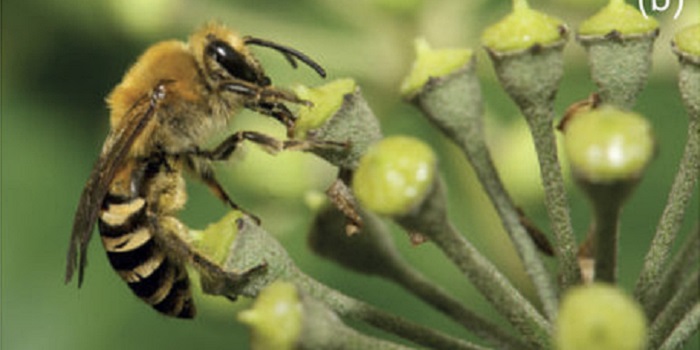
The importance of pollen chemistry in evolutionary host shifts of bees
Careers, Plant Science Research Weekly, Research, Research Blog0 Comments
/
Some bees are generalist pollinators that gather pollen from a wide range of species, whereas others are specialists that visit only one or a few species. Vanderplanck et al. examined floral traits of the host plants of two different groups of generalist bees. There was no significant correlation between…
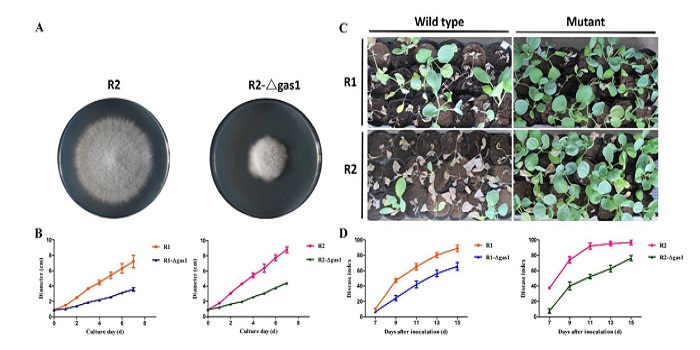
Proteomics of two differently pathogenic races of Fusarium oxysporum
Plant Science Research Weekly, Research, Research BlogFusarium oxysporum is a fungal pathogen of plants. F. oxysporum f. sp. conglutinans (Foc) causes fungal wilt in cabbage. Two races have been identified, with Race 2 being much more pathogenic than Race 1. Li et al. used a proteomic approach to investigate the origin of Race 2’s enhanced pathogenicity.…

Sterol-binding activity of PR-1 contributes to its antimicrobial activity ($)
Plant Science Research Weekly, Research, Research BlogPATHOGENESIS-RELATED 1 (PR-1) protein was identified 50 years ago as a small protein induced in response to pathogens, but its mode of action has remained obscure. PR-1 is a member of the CAP family (cysteine-rich secretory protein, antigen 5, and pathogenesis-related 1). These proteins share a 150…
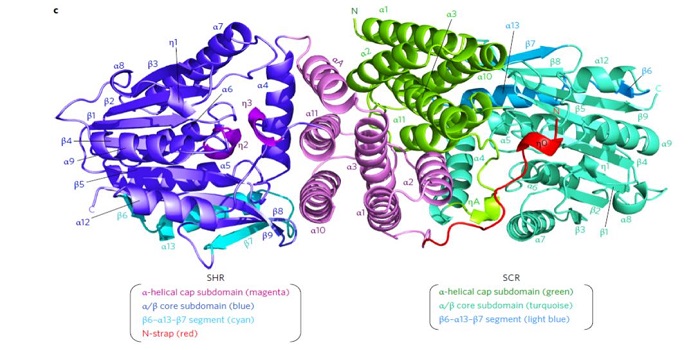
Structure of SHR–SCR heterodimer bound to BIRD/IDD transcriptional factor JKD
Plant Science Research Weekly, Research, Research BlogStructural biology provides a key link between genotype and phenotype. Hirano et al. probe the structure of a heterodimer of plant-specific GRAS family transcriptional regulators [SHORT-ROOT (SHR) and SCARECROW (SCR)] as bound to the transcription factor JACKDAW (JKD). The GRAS family proteins (encoded…

Genome-wide prediction of metabolic enzymes, pathways and gene clusters in plants
Plant Science Research Weekly, Research, Research BlogA considerable knowledge gap remains between the plant genome and the plant metabolome. To address this, Schläpfer et al. have developed a computational pipeline to identify metabolic enzymes, pathways, and gene clusters. Although metabolic genes are known to cluster in bacteria and fungi, until recently…
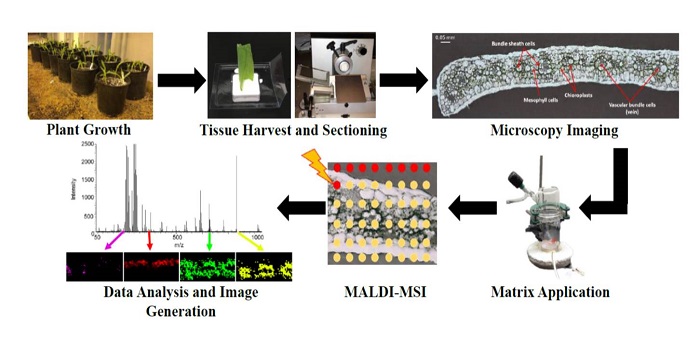
Technical Advance: Distribution of thylakoid membrane lipids among individual cells of maize leaf ($)
Plant Science Research Weekly, Research, Research BlogThe distribution of metabolites in tissues can be determined in situ through the technique Mass spectrometry imaging (MSI) with matrix-assisted laser desorption ionization (MALDI) (also known as MALDI-MSI). Duenas et al. used MALDI-MSI to analyze the distribution of thylakoid membrane lipids in maize,…
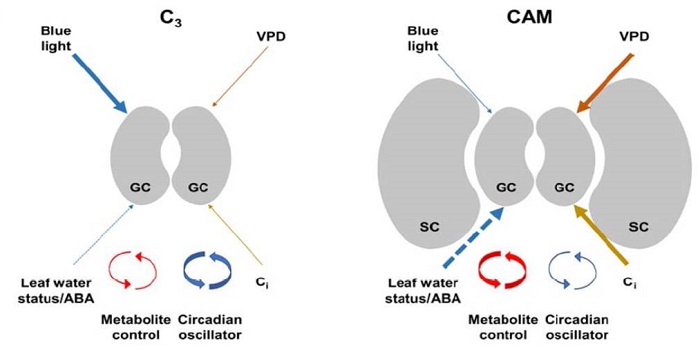
Update: Stomatal biology of CAM plants
Plant Physiology: Updates, Plant Science Research Weekly, Research BlogCrassulacean acid metabolism (CAM) plants open their stomata at night, decreasing water loss and increasing water-use efficiency as well as drought tolerance. Males and Griffiths review the stomatal biology of CAM plants as compared to C3 plants. For example, CAM stomata are relatively insensitive to…
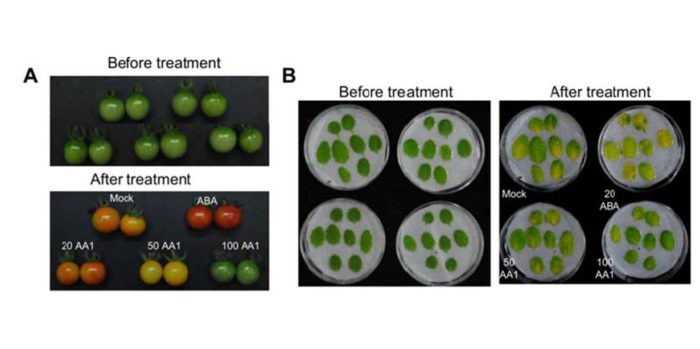
A novel chemical inhibitor of ABA signaling targets all ABA receptors
Plant Science Research Weekly, ResearchChemical genetics is an approach that enables small molecules with specific effects on phenotypes to be identified. Through a screen for small molecules that would reverse the inhibitory effect of ABA on seed germination, Ye et al. identified AA1 (ABA Antagonist 1). AA1 interferes with the interaction…
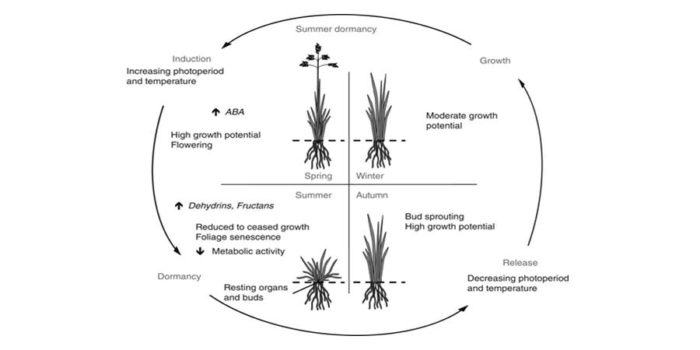
Review: Winter and summer dormancy: similar adaptive strategies?
Plant Science Research Weekly, ResearchDormancy (growth arrest) is a state by which seeds and plants can survive harsh conditions. Seasonal dormancy is a strategy to survive seasonally unfavorable conditions. Plants can display winter and summer dormancy. Although woody species are the main study systems for winter dormancy, herbaceous species…

